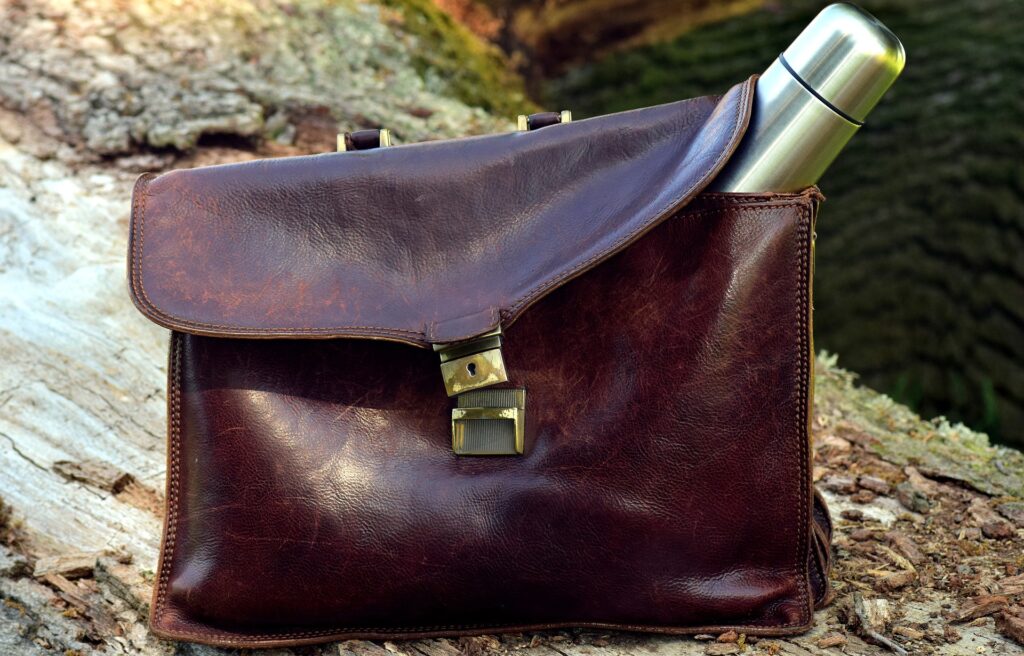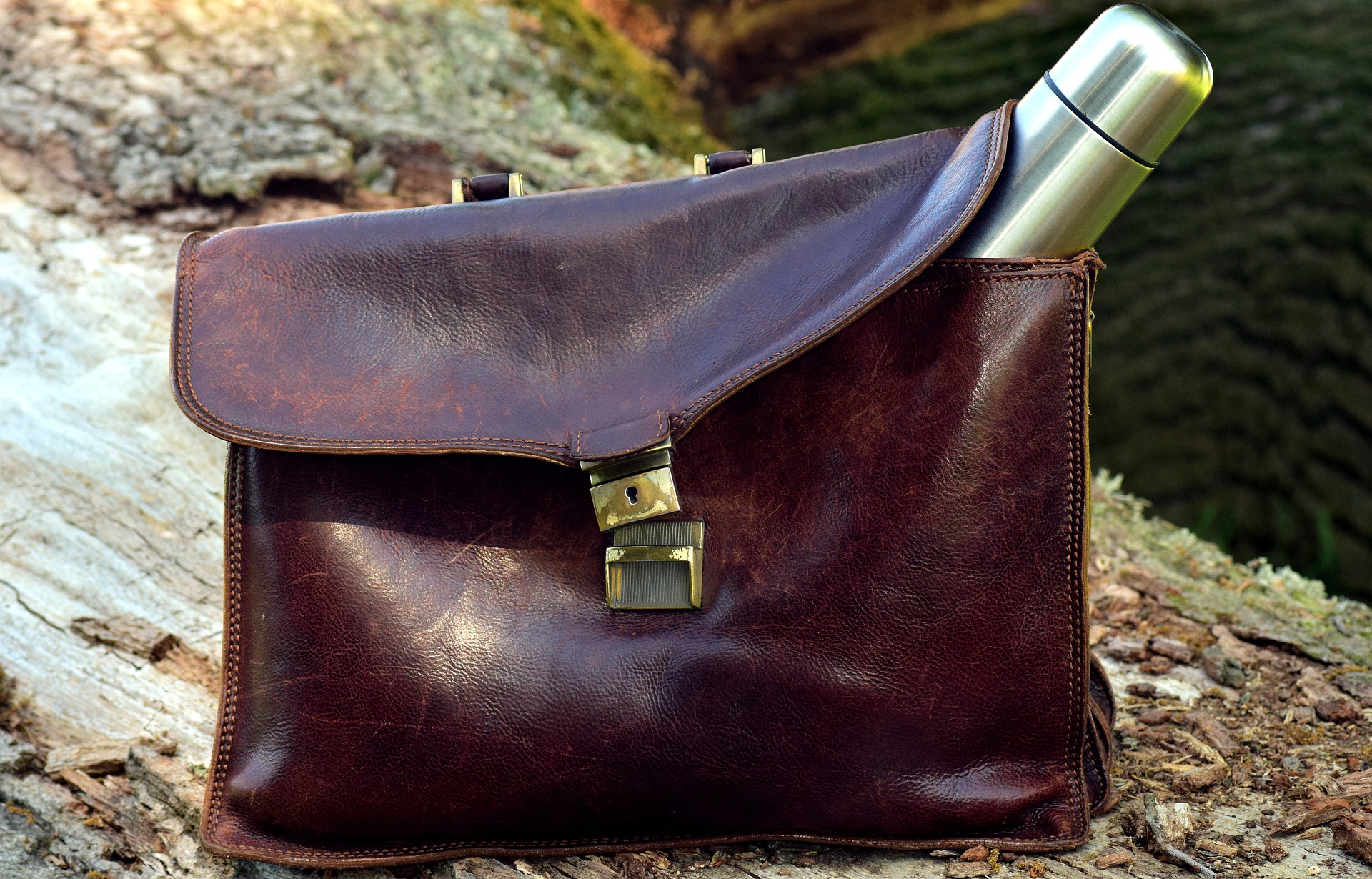As mentioned in an earlier post, I was inspired by the Earth Carers course to make changes to our home. These have been so much fun to do and have improved our health, garden, budget, awareness and impact on the planet.
No nonsense – it’s a first-hand account. These are things we have actually tried ourselves:
Toiletries & cosmetics:
- Moved to shampoo and conditioner bars
- Making my own cosmetics: deodorant, face cleanser, exfoliating pouches
- Buying soaps without packaging from local artisans
- Using henna instead of chemical hair dyes to cover the grey (coffee and beetroot juice make a rich dark red-brown), rinsed off outside, on the lawn with a garden hose.
- Sewed a set of washable sanitary pads and panty liners to use, from repurposed cotton fabric I had at home.
- Cut up fabric squares can be used instead of cotton wool to remove make up. Just pop them in the hot wash with your towels, with a drop of Eucalyptus oil in the rinse and they’re clean as can be!
- I use plain jojoba oil as a make-up remover – just smooth it onto the face and then wipe it all away with fabric squares.
Cleaning & household:
- Tried laundry nuts (but I am not very fond of their subtle scent), so I use powder from the Wasteless Pantry in a large juice bottle. I still use the nuts for darks on a hot wash.
- Using bicarb and vinegar for cleaning (be sure never to mix bleach or chlorine with this)
- Eucalyptus oil for anti-bacterial in the bathrooms and on surfaces
- Plastic-free, sustainable toilet rolls from Who gives a crap
Pets:
- Replaced the cat litter with walnut shell litter and the broken plastic tray with a cardboard box – all of it compostible.
- Use appropriate fresh vegetable scraps for Guinea Pigs
- Create a lovely mobile outside run for the guinea pigs, so they can be moved about while mowing our lawn, and we don’t need to buy food apart from when we move them indoors for extremes of heat / cold season-depending.
- Make my own cat food from fresh ingredients and freeze in ice-cube trays, for him to eat defrosted each day.
Groceries:
- Changed all our grocery shopping to Wasteless Pantry
- If I can make it, I don’t buy it. No waste and money is saved.
- Buying meat from the butcher, who puts the meat in our own containers
- Fruit and veg from the grocer, in our own bags or boxes
- Made a cart with pockets to take all my jars to do groceries without bags
- Making my own foods for the family, that I would have bought from a supermarket: Nutella, almond milk, muesli, bread and cat food.
- Made more veggie netting bags for fruit shopping out of unused net curtains.
- Eating less meat, eating more vegetarian and vegan meals in the week.
- I make my own bread whenever possible, to reduce the need to buy loaves wrapped in plastic. Some bakeries will put your loaves in your own bags – so keep them handy.
On the go:
- Taking reusable coffee cups – steel, bamboo or glass – wherever we go
- Packing our snacks and meals in a lunch tin or jar – every time
Food storage:
- Bought my husband a metal lunchbox and he has stopped going rogue to buy sandwich bags
- Collect ALL our jars from any products we use up. Wash, weigh and label them for wasteless grocery shopping at various locations.
Recycling:
- recycling printer cartridges and plastics correctly, instead of putting in the general recycling
- Thinking carefully about what I’m recycling, so as not to contaminate the collection
- Signed up for free recycling programmes through Terracycle
Food Waste:
- All food waste goes into the worm farm or the various compost tubes I popped into the garden
Repurposing:
- Visited the local waste facility at to pick up beautiful discarded outdoor chairs and buy some poly-pipe for the compost tubes
- Buy your clothes at the charity shop – there is more variety, it costs a fraction of retail price, you are helping a good cause and keeping the cycle moving
- Donate anything we don’t use or need to a good cause, Freecycle page or local Buy Nothing group. You will be surprised what you can pass on and also get that way!
Gifts:
- Gifts for family and friends are all home-made with tins or jars, and are usually activities, or special coffee/tea/soap from the Wasteless Pantry
- Gift wrap is pretty paper from the loo-rolls, brown paper or a piece of fabric, tied with twine
- We give native plants as gifts for gardens
- Trees, trees, trees!! The perfect gift is trees!
- Give flourishing, potted cuttings of our own herbs or fruit trees, to share the love
Hard waste:
- Re-purposed bricks from a wall we demolished in the house, into a raised bed border
- Created a sheet mulching bed in our back garden and transplanted a small cottonwood hibiscus there, so no need to buy soil.
Buy Less and Make Less Waste:
- In our home we try to minimise printed papers, which is tough when you homeschool, but we do what we can and recycle every piece we don’t need to keep. If clean, it goes in recycling or the guinea pig cage, otherwise it is used in the worm farm.
- We use Buy Nothing pages, Freecycle, Gumtree to pass on perfectly good items we simply no longer use
- We don’t buy ANYTHING unless we genuinely need it and there is no other place to get it / make it.
No longer buying:
- Baking paper – I bought three washable baking sheets which have lasted almost a full year, being used pretty much daily (they need to be replaced now though).
- Plastic bags of any sort (paper bags will do nicely, even as a wrap over
- Cleaning products that I can make instead from simple pantry products and oils, or those I buy are in my own refillable bottles and jars and are earth-friendly organic products available in wasteless stores.
- Gift wrap (we make or recycle other papers)
- Greeting cards (we make our own)
I Shared Ideas (Don’t be pushy!):
- Taught my children about waste reduction and caring for the earth and they have spoken to their friends about it too. They love doing the wasteless shopping and will tell people about packaging if they see it being used unnecessarily.
- My spouse – convinced them to adopt the new habits
- Extended family knows not to buy kids plastic or products with packaging. They know I have some ideas of our own successes/failures if they’d like to hear more.
- Sister in law (with whom I shared a bulk shop of loo rolls from Who Gives a Crap)
- Showed my family and friends how to make awesome deodorant
- Whenever I see my friend who put me on to the course I always learn new ideas and come away with exciting projects in mind.
Planned next steps:
- learn how to make my own soap
- Making more sanitary products, using Velcro instead of poppers (which tore the gussets of undies)
- Larger composting facility in the garden for garden waste, to enrich the lawn
- Further sheet mulching
- Setting up recycling pods in our garage so we can also collect plastic tabs, batteries and printer catridges when we visit family or friends. This will enable us to fill boxes to ship to Terracycle large enough to offset the carbon footprint of sending them.
Costs we’ve incurred over the year:
- $85 Worm farm
- $7 Poly pipes for compost tubes
- $90 Annual membership to unlimited project supplies at REmida
- $27 + $46 on two metal lunch-boxes
- $18 2 x Washable baking sheets
Savings are enjoyed weekly, as the wasteless markets are less expensive than supermarkets and we shop with a focused list instead of being drawn into unnecessary special offers we can do without.
Other people’s ideas we haven’t done yet:
- On celebration invitations stipulate that any gifts should please be second hand, home-made or be a donation to a worthy cause.
- Use pretty scarves bought at the op shop to make bags for shopping for seeds, flours, legumes, nuts, fruits etc.



1 Comment
1 Pingback